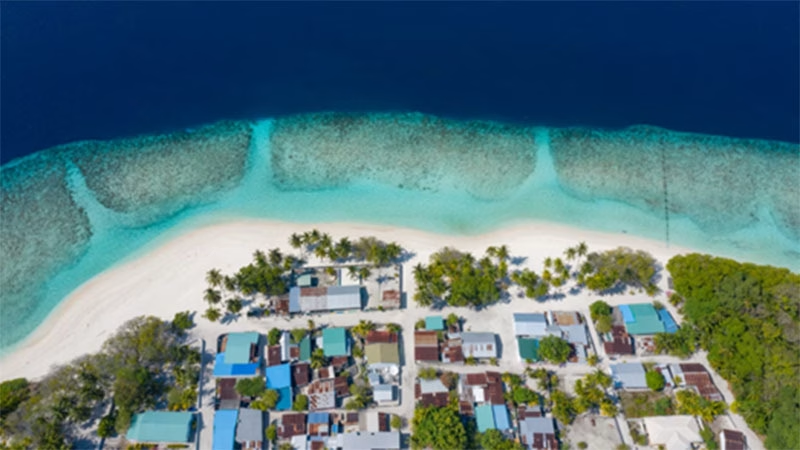Coastal construction demands materials that can resist nature’s most aggressive elements. When selecting roof materials for coastal structures, contractors must make an important decision between zinc and aluminum roofing options. Both metals offer distinct advantages for coastal applications, but each has some limitations that can impact long-term performance and project feasibility.
Roofing Challenges in Coastal Areas
Extreme Marine Environmental Factors
Coastal dwellings endure environmental stressors such as salty air that creates a corrosive atmosphere that attacks metal surfaces while high humidity accelerates degradation processes. Combined, these conditions make inferior materials fail in years rather than decades.
Intense UV exposure accelerates material degradation particularly affecting surface treatments and protective coatings. Frequent storms with high winds, driving rain, and wind-borne debris test structural integrity. These conditions require marine-specific engineers roofing materials.
Roofing Requirements in Coastal Areas
Successful coastal roofing depends on three fundamental requirements:
- Excellent corrosion resistance
- High durability
- Good structural integrity
Materials must maintain performance under constant exposure to salt spray and water intrusion. The roofing system must also provide long-term weather protection and resist the additional loads from wind uplift and the impact from debris.
Aluminium Roofing Material in Coastal Construction
Advantages of Aluminium At the Sea
Aluminium exhibits superior corrosion resistance in saltwater environments due to its natural oxide layering. This protective coating does not allow for penetration of any corrosive elements, upholding the structural integrity of this metal for an extended period. The lightweight nature of the material lessens structural load demands, making it perfect for structures with weight limits or existing older buildings where a roof replacement is needed.
The Negatives of Aluminium Roofing
The material is prone to denting from windblown debris common in coastal storms. While this does not specifically affect structural performance, it can present aesthetic problems for property owners looking for a specific appearance of their roof. Aluminium may also chalk or fade when exposed to extended periods of sunlight.
Zinc Roofing in Coastal Construction
Key Strengths of Choosing Zinc for Your Roof
Zinc roofing has amazing longevity with minimal maintenance requirements. Zinc has a natural protective coating that strengthens over the years, making it increasingly resistant to environmental degradation. Zinc also has naturally inherent properties making it resistant to moss and algae growth, reducing maintenance needs in high-humidity coastal locations.
Potential Disadvantages of a Zinc Roof
Zinc roofing systems are at risk when water stands on surfaces due to insufficient draining. Standing water can cause premature corrosion, particularly when the natural protective barrier cannot form. This calls for proper installation by Austin roofing professionals to ensure a roof that keeps up with its natural environment. Zinc may also have a higher material cost and a more complex installation than other materials.
Making the Intelligent Decision for Coastal Roofing
Both aluminum and zinc are viable choices for coastal construction, each more appropriately suited to specific applications. Success is found in matching material properties to the specific requirements of the project, ambient climate, and long-term maintenance possibilities. The right choice balances performance requirements, budget constraints, and maintenance realities for your specific coastal zone.

